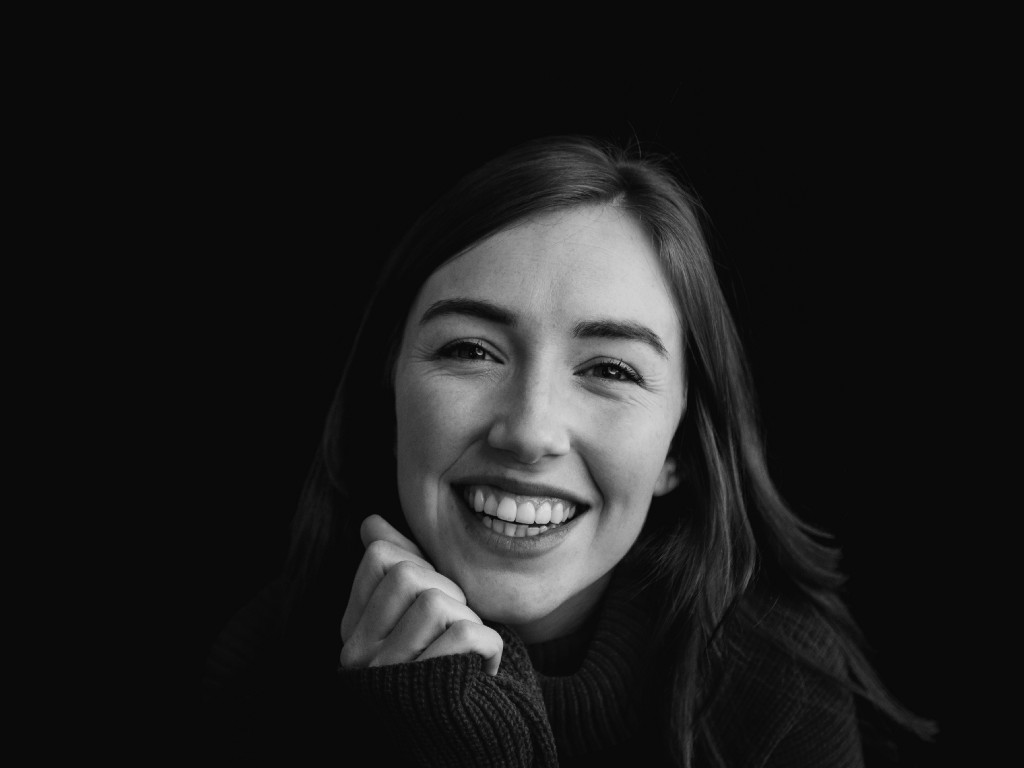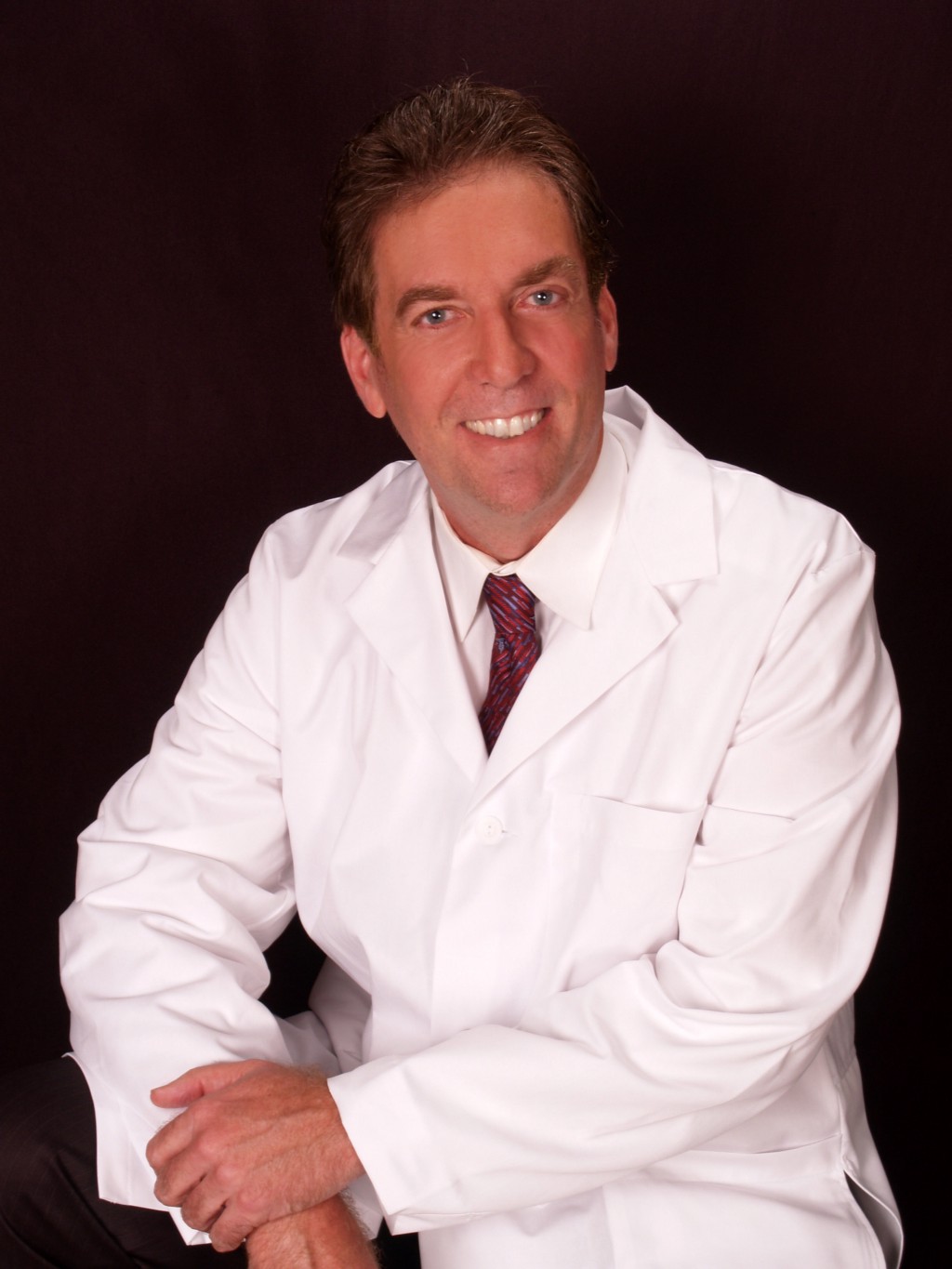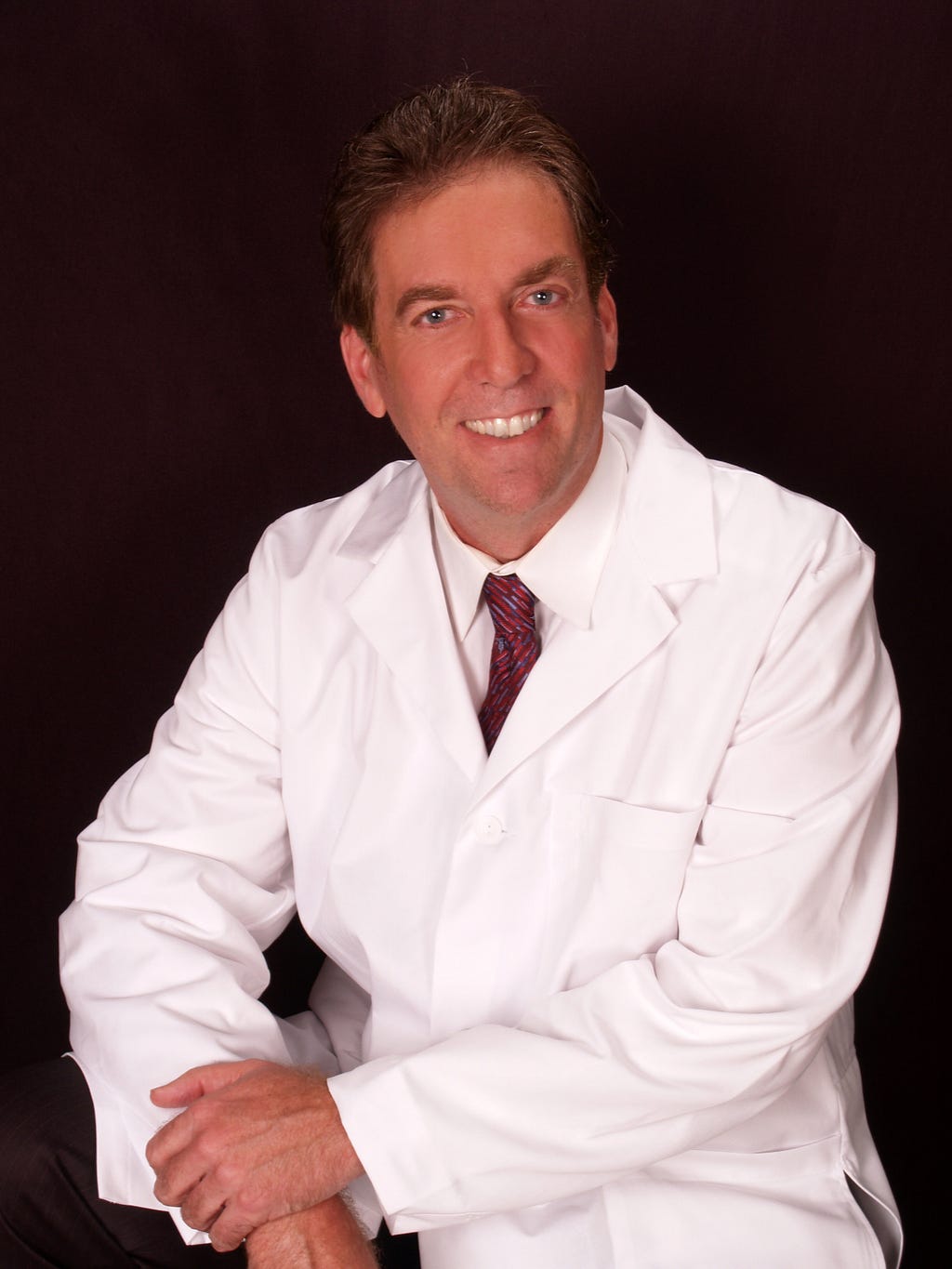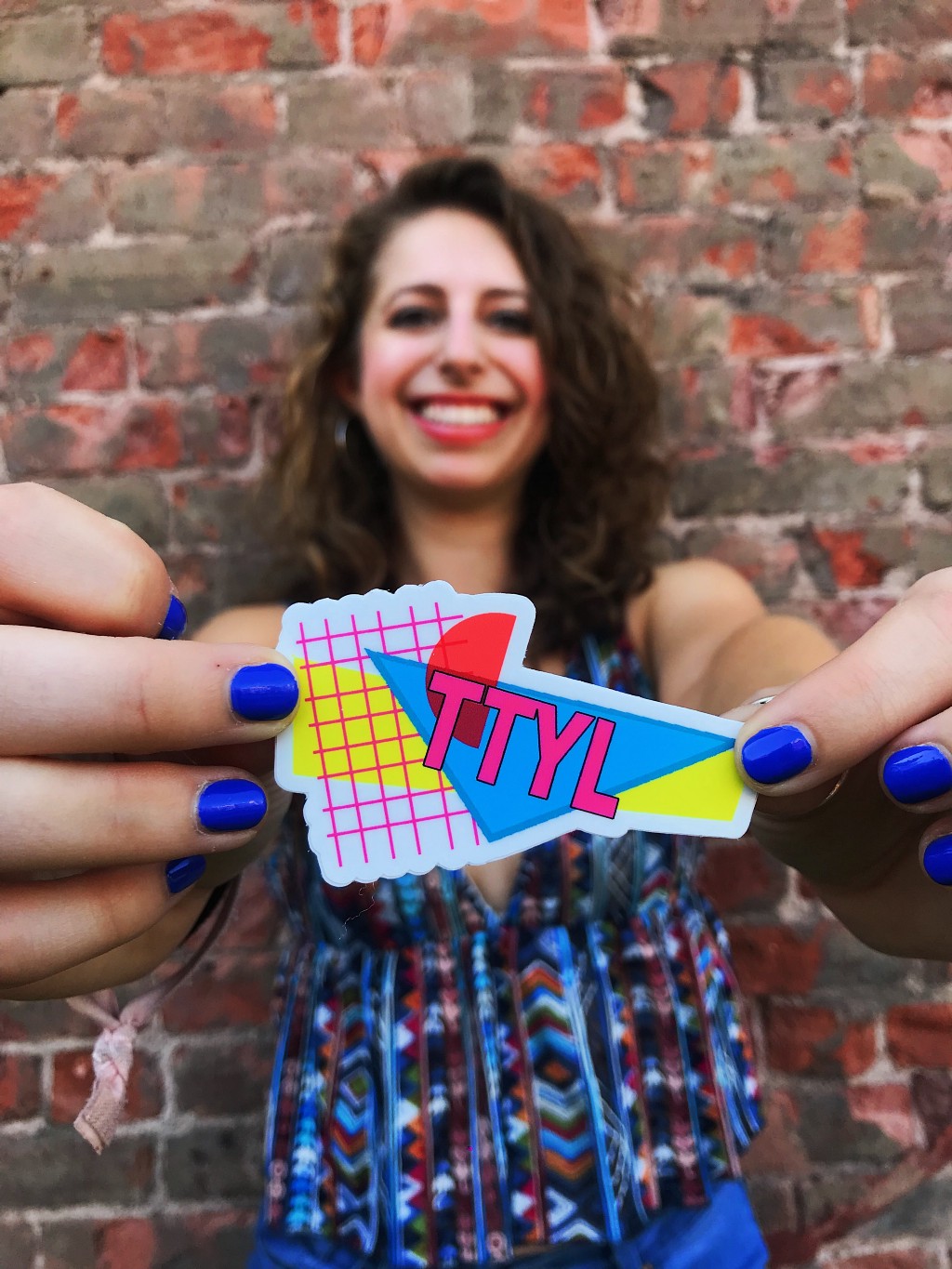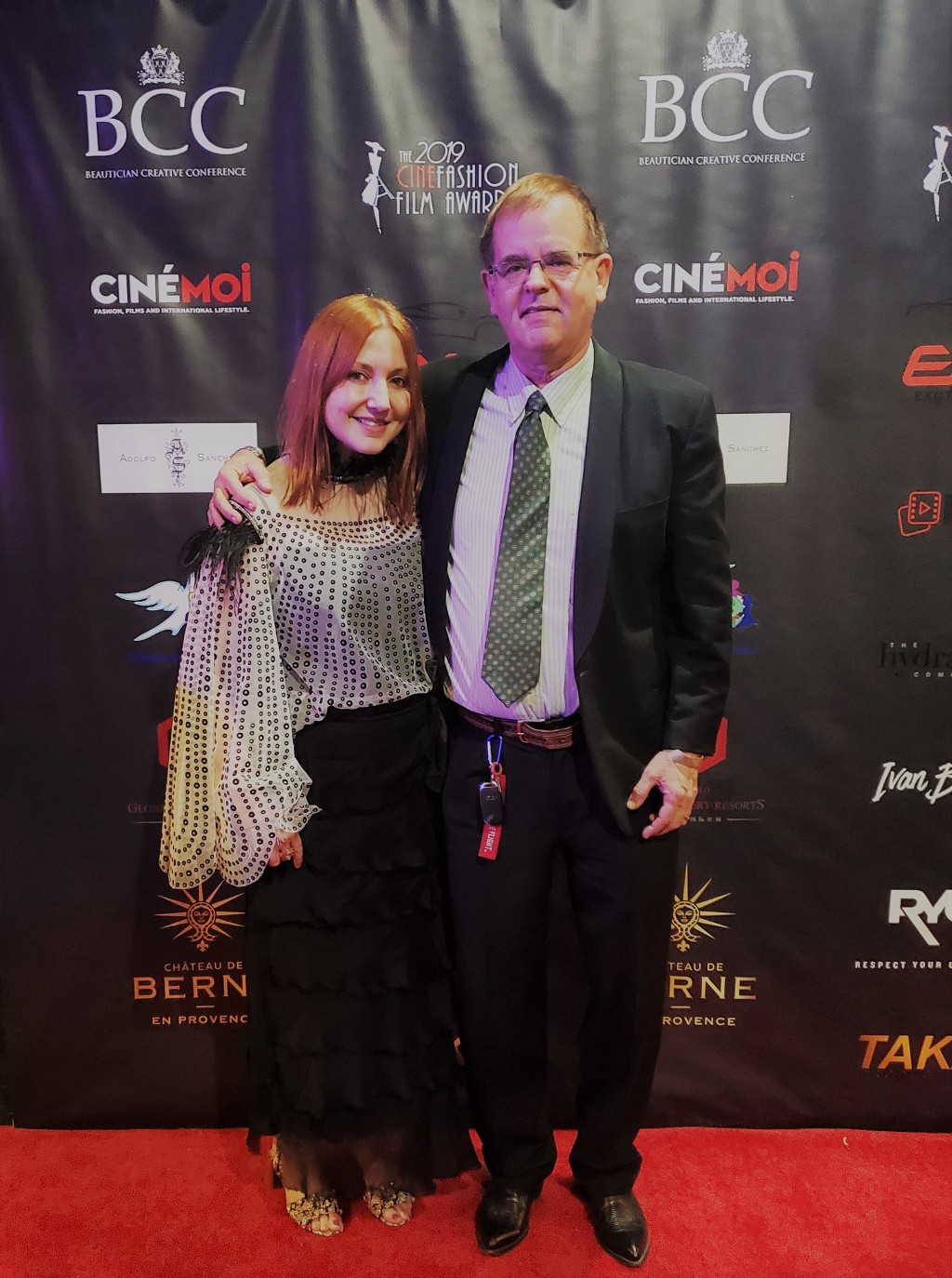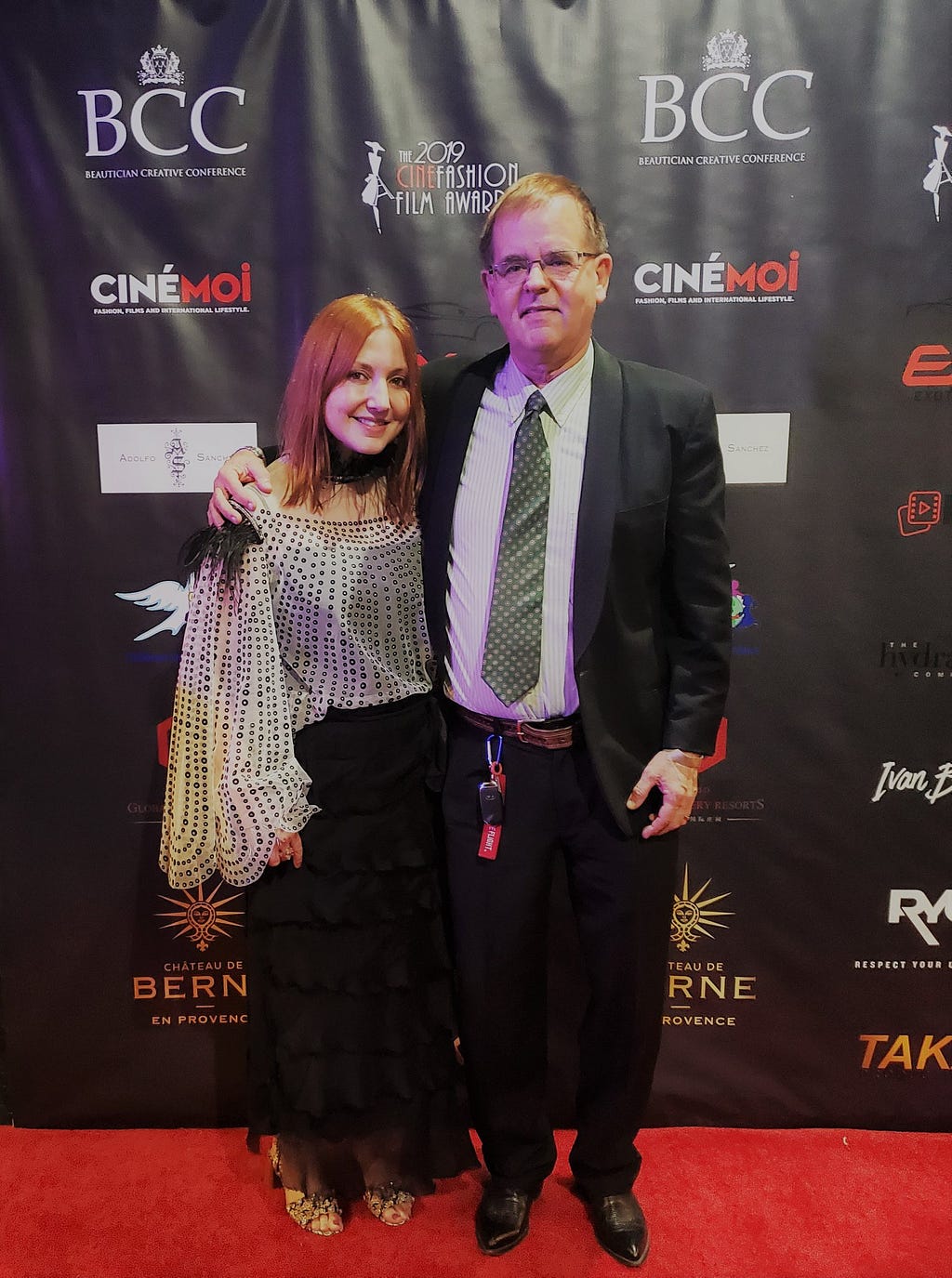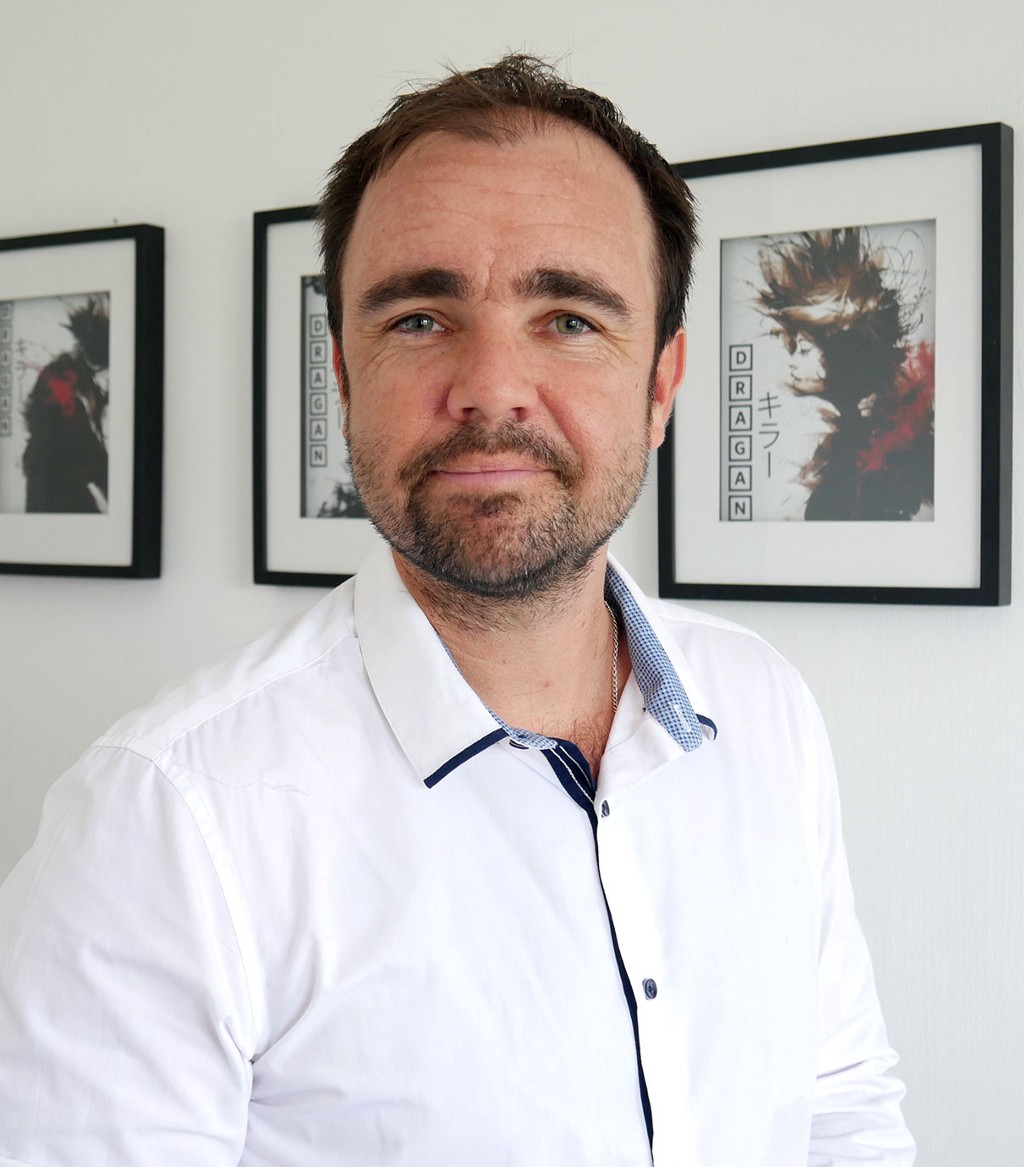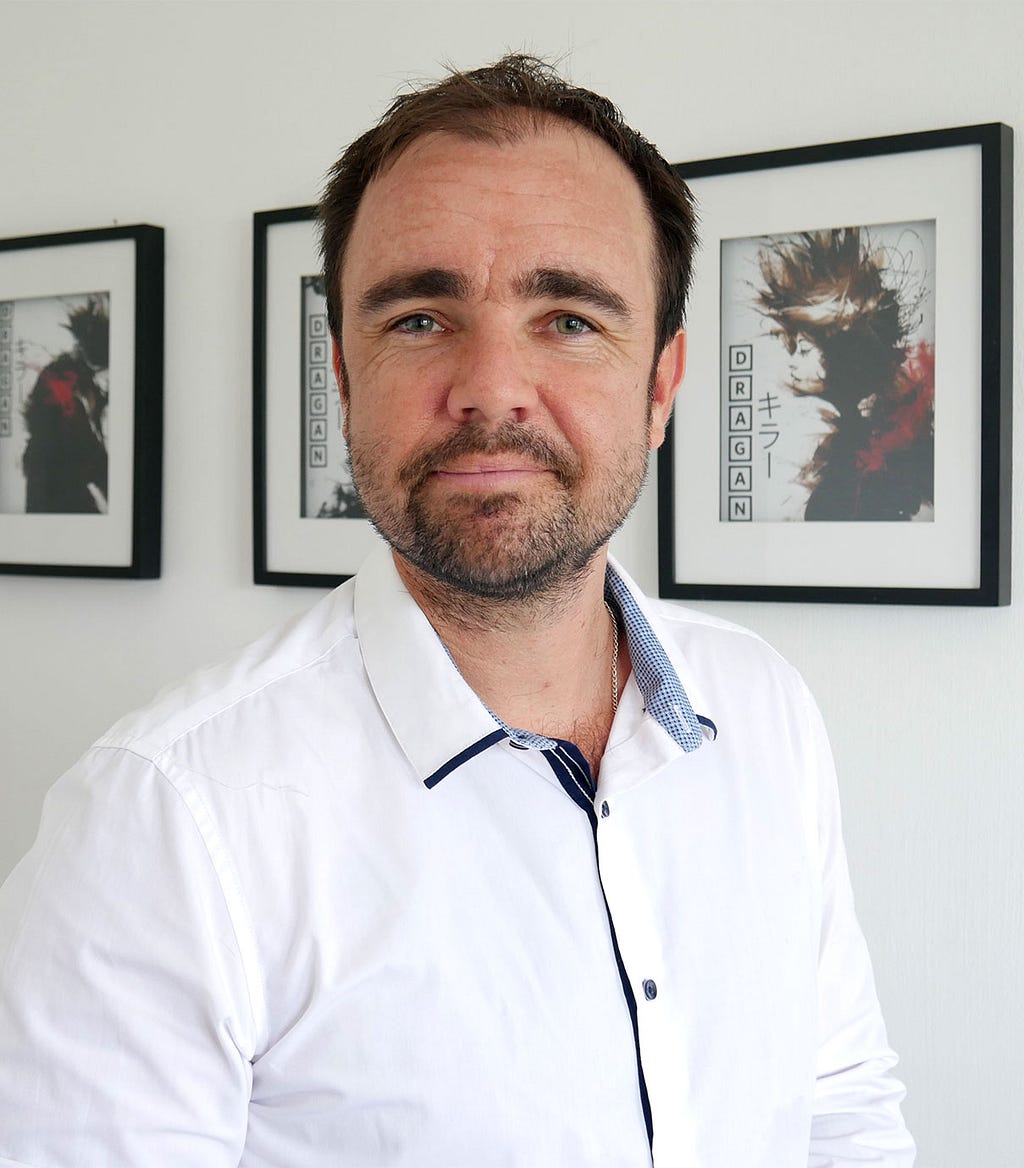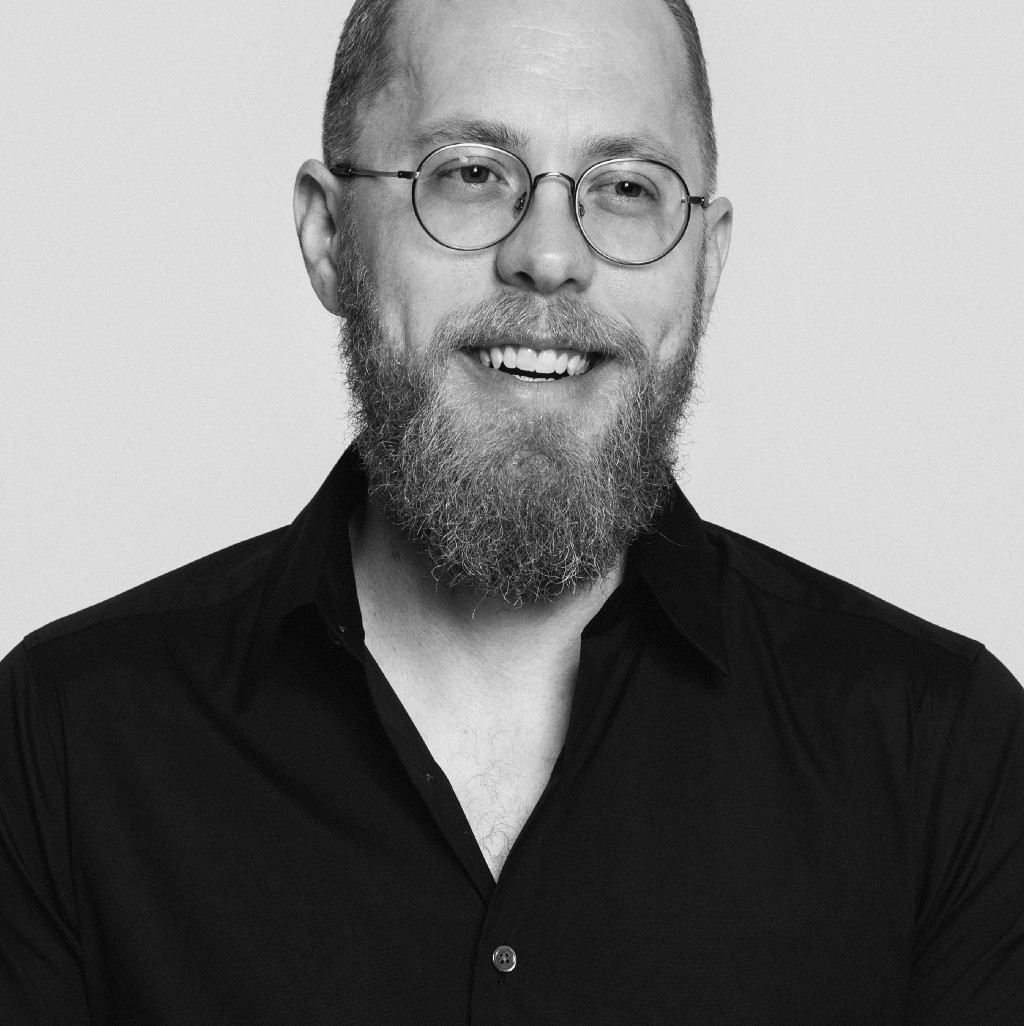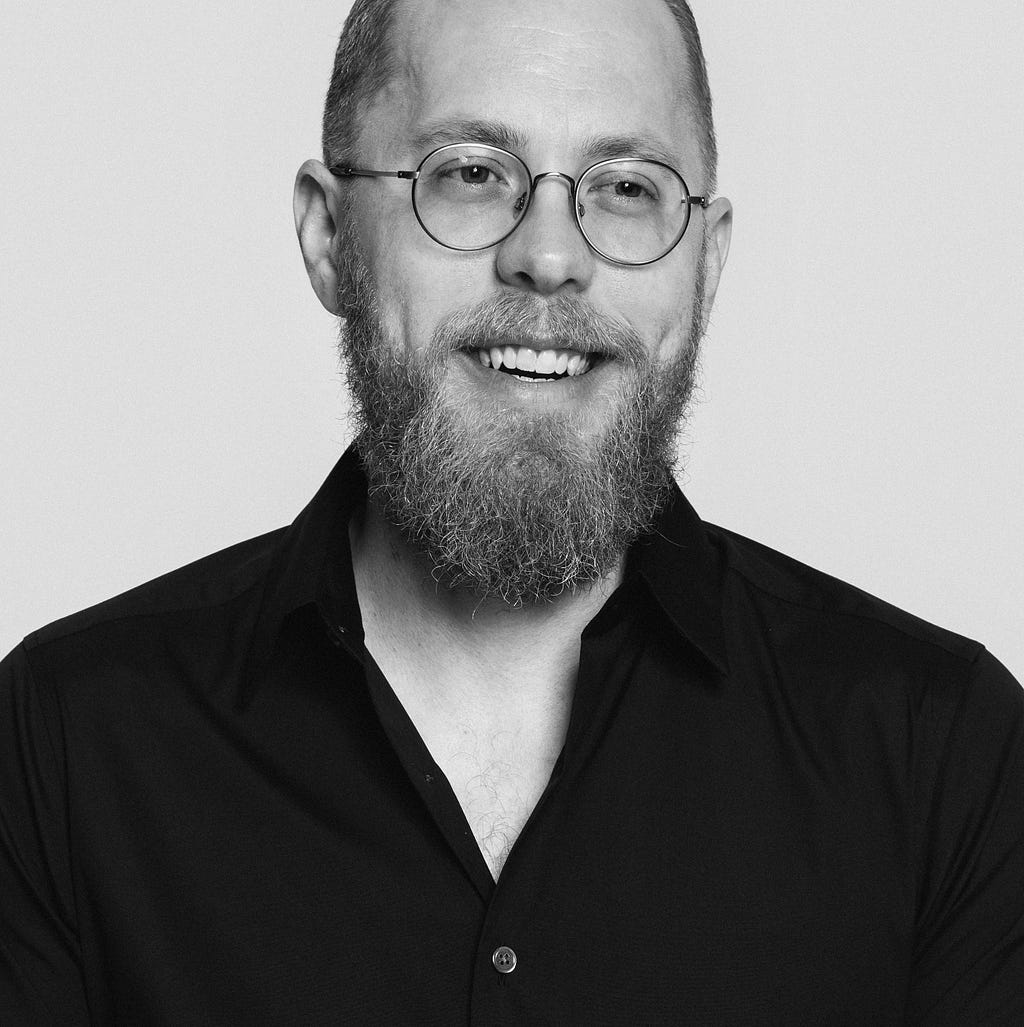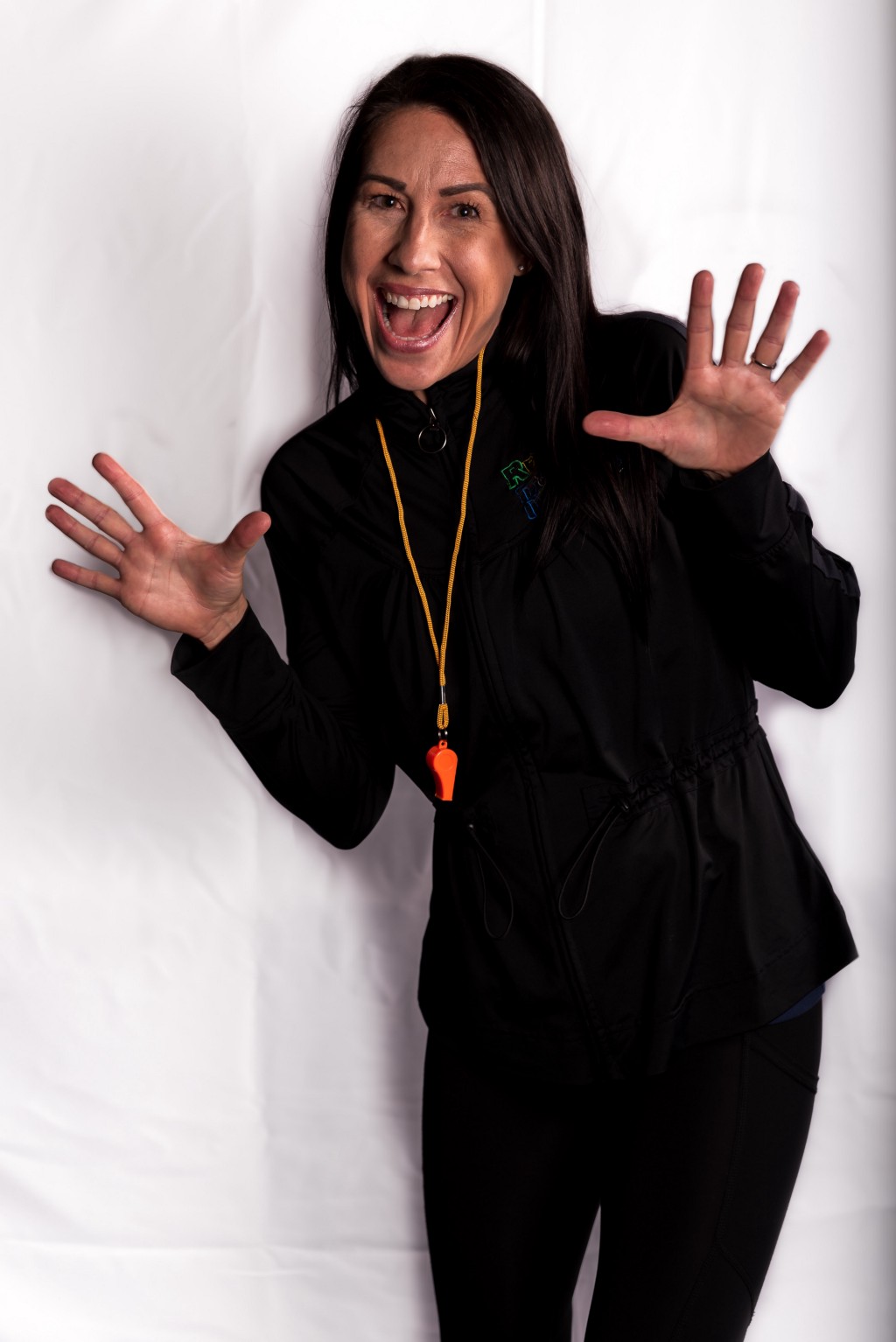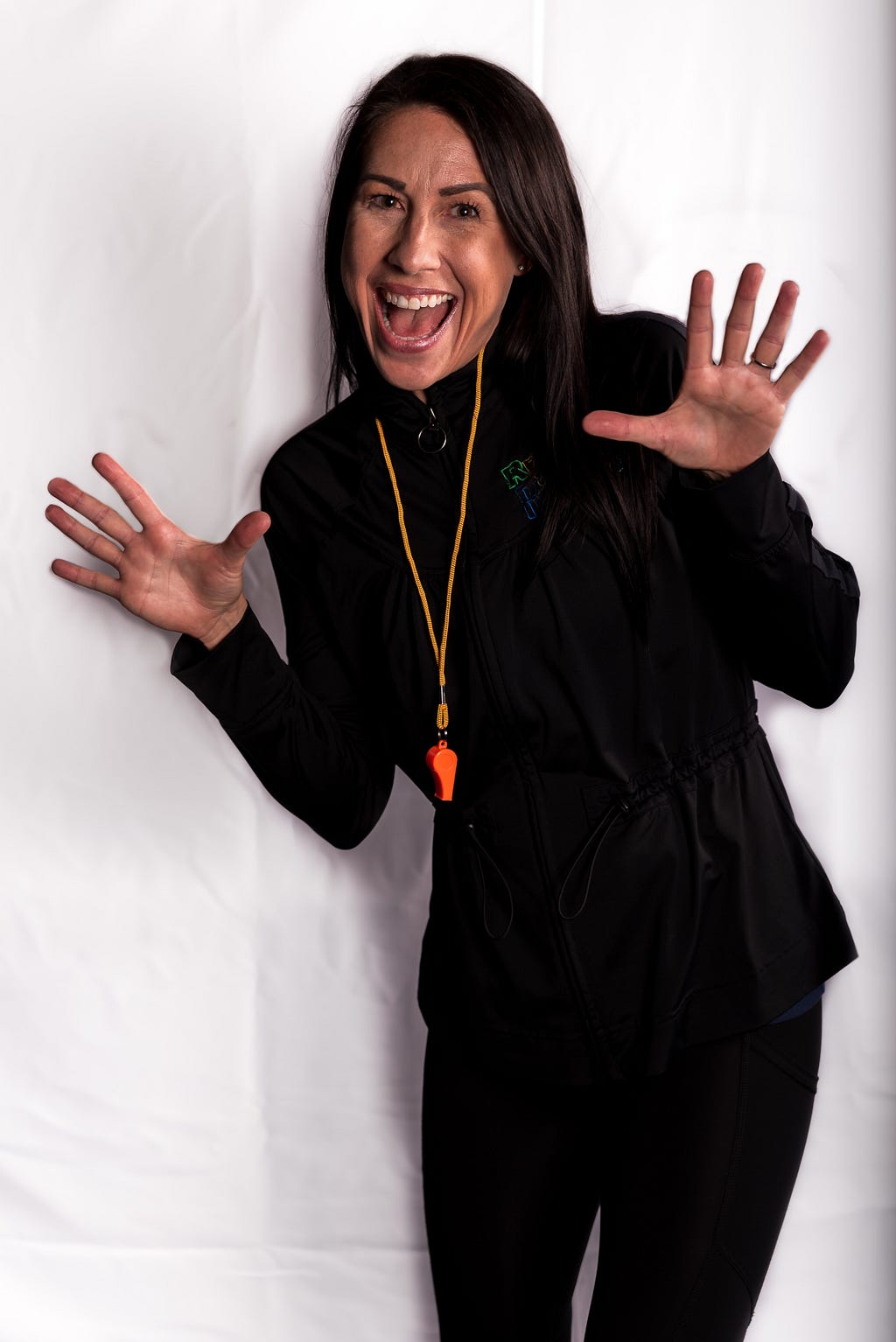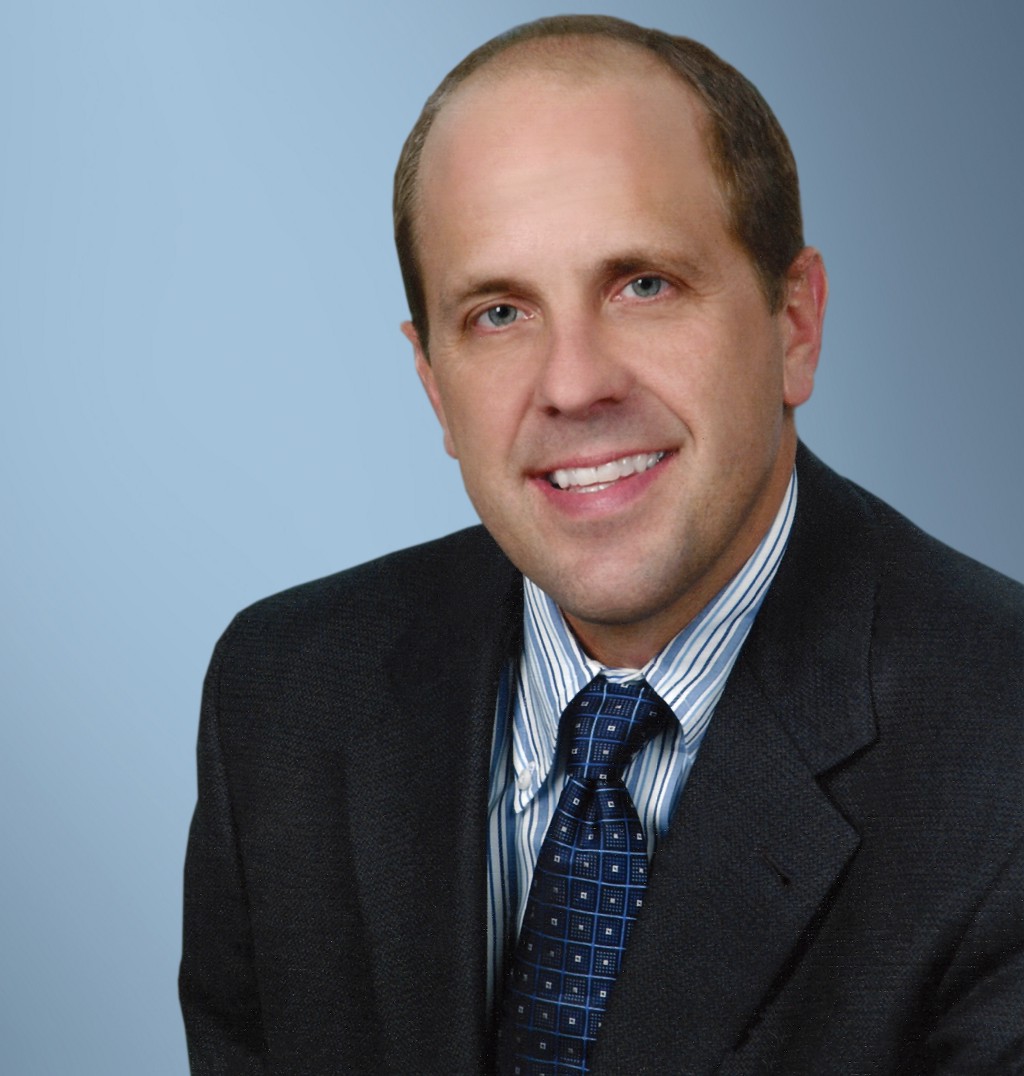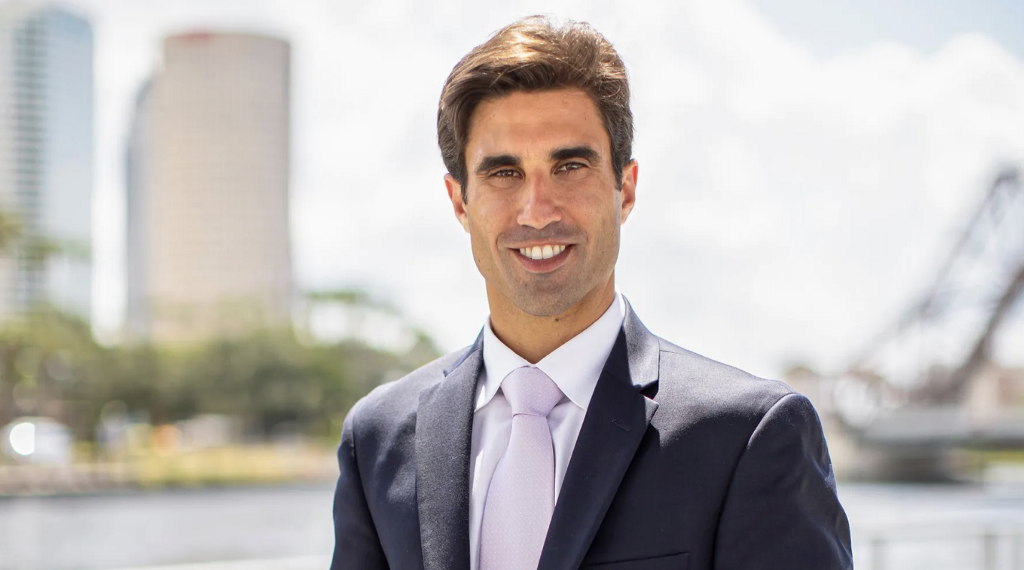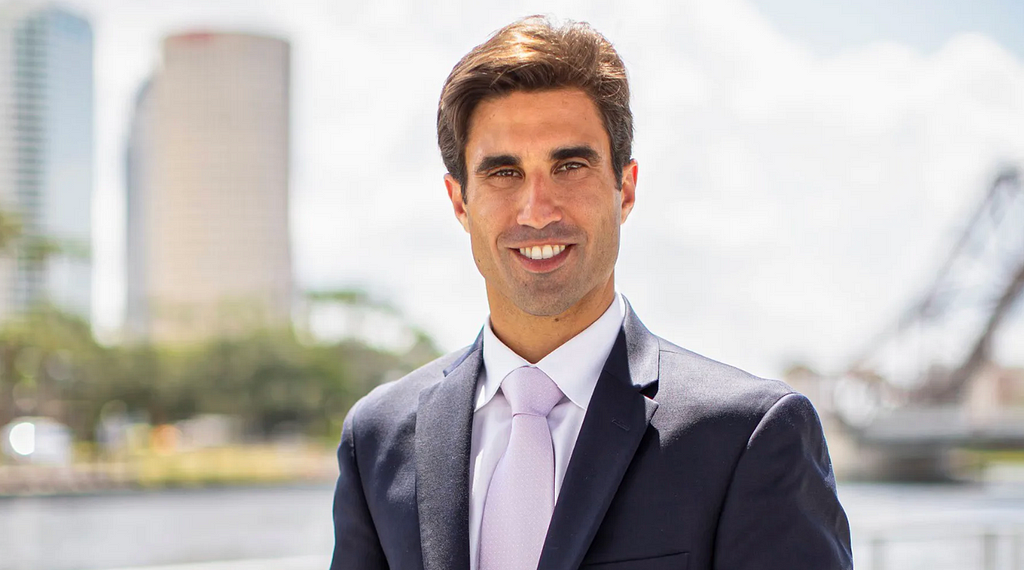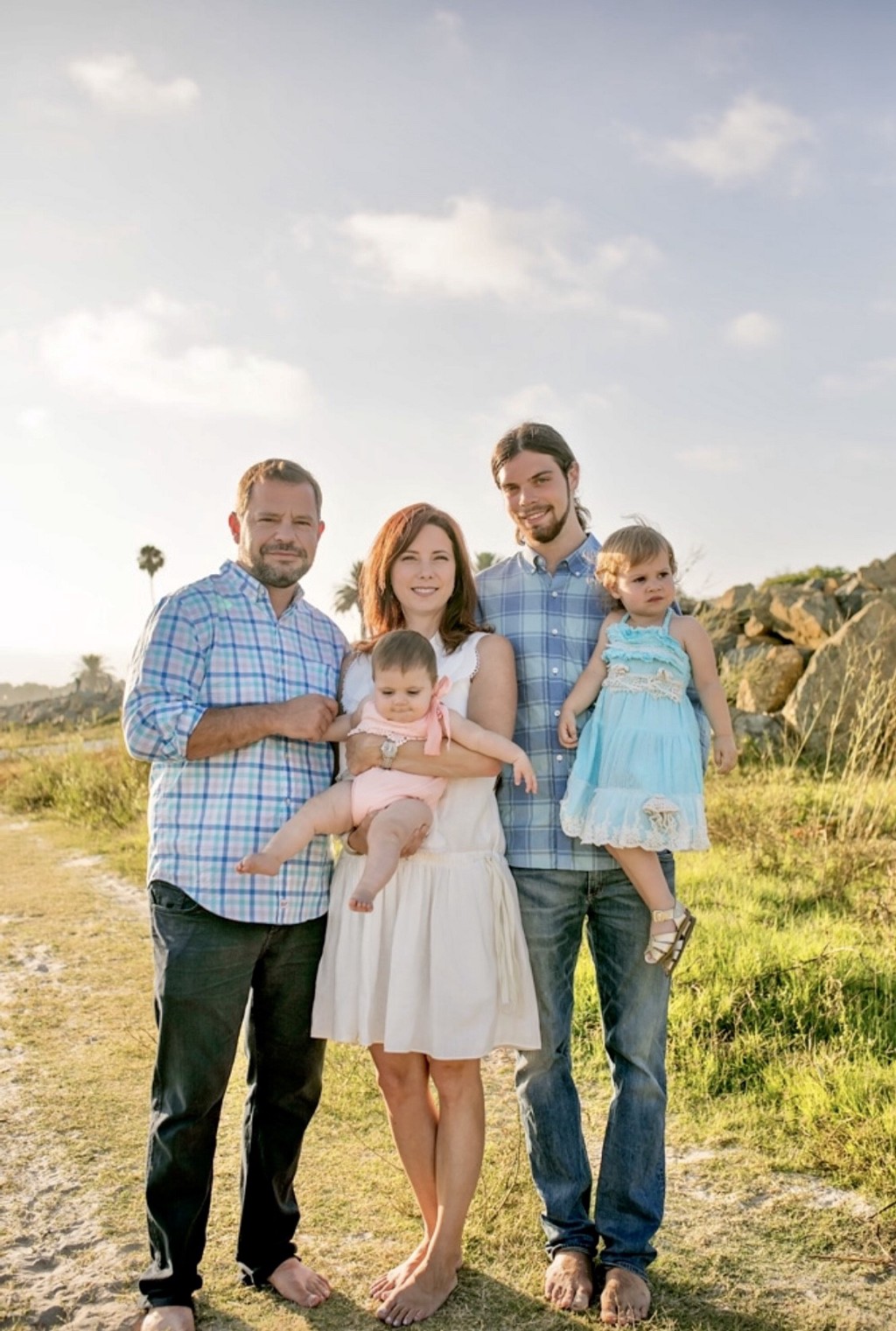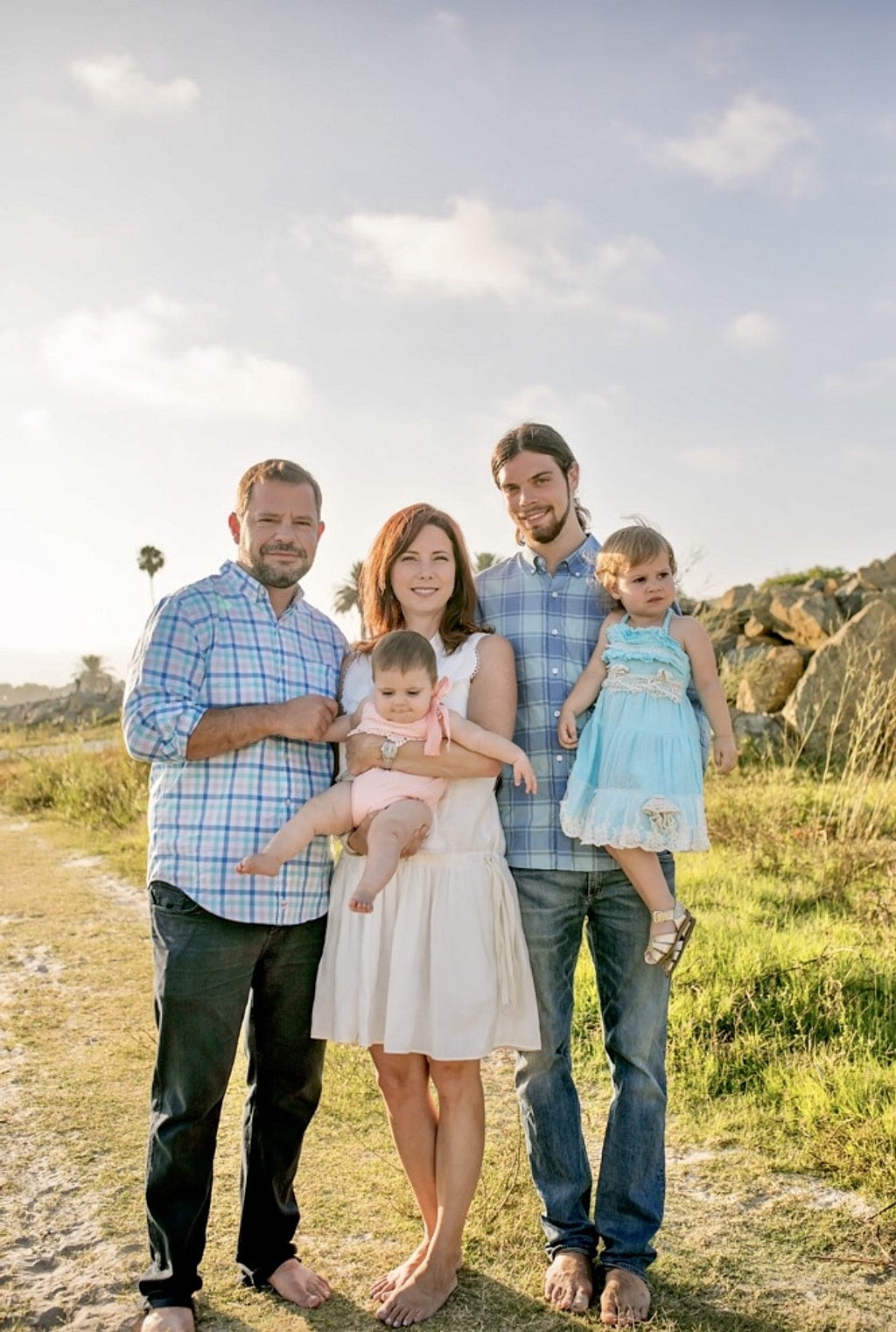The Future Of Beauty: “Hair tattoos that reduce the contrast between the scalp and the hair” With Hannah L. Maruyama of YAMA Studios
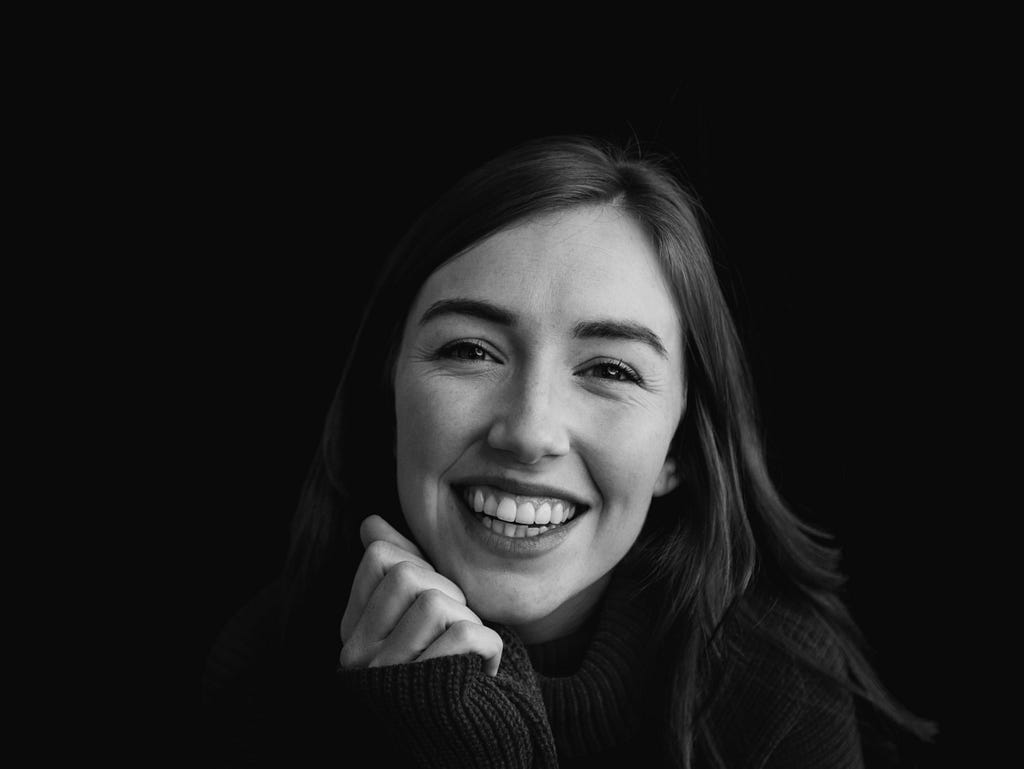
My current focus is on density for women. This is a specific technique, and the function is to reduce the contrast between the scalp and the hair. There aren’t many good options for women with diffuse thinning. Extensions or installations can cause follicle inflammation, further hair fall, or worse, traction alopecia. SMP is the only solution that doesn’t require daily work or active damage. And that’s technology if I’ve ever seen it. I have seen it give people back the confidence to ditch hair pieces that are harming their scalp, help women who stress about their hair loss, and take years off of people, and therefore makes them more successful in work and romance and more at peace with themselves. Seeing that contentment and ease means a lot to me. It’s why I do what I do.
As a part of our series about how technology will be changing the beauty industry over the next five years. I had the pleasure of interviewing Hannah L. Maruyama.
Hannah is a trailblazing para-medical tattoo practitioner, owner of YAMA Studios in Honolulu, HI and author of “ Before the Blade: What You Need to Know Before Getting Microblading or Semi Permanent Makeup”.
The mission behind YAMA Studios is that all people are masterpieces and a para-medical practitioner’s job is to meticulously and passionately restore people to their original state. She believes that scalp micropigmentation hair tattoo and other forms of cosmetic tattoo like areola restoration are the bridge between cosmetics and medical reconstruction, and there is no limit to how many people para-medical tattoo can help.
When she’s not tattooing someone, she is adventuring with her firefighter husband, surfing small waves, and being a passionate advocate for real world education.
Email Hannah at [email protected], or check out YAMA Studios website at http://yamastudios.co and stay tuned for her next book release!
Thank you so much for doing this with us! Before we dive in, our readers would love to learn a bit more about you. Can you tell us a story about what brought you to this specific career path?
My pleasure! Thank you for the honor. Of course. High school English class, last week of school. My teacher, Mrs. Webster, put a documentary on because no one was paying attention anymore.
This documentary was about a Saudi Arabian tattoo artist, who was using tattoo to reconstruct the faces of women who had been acid burned. I could never forget the wave that swelled up in my chest; I was mesmerized.
I had always been an amateur painter, and always loved people. Sketching their profiles, their hands. I knew I could do that. I knew I would do that. And three years ago, I did.
Can you share the most interesting story that happened to you since you began your career?
About 4 months ago, I had a woman reach out to me and ask for a phone consultation. That’s usually the first step I take with my clients to see if they understand what I do and explain the physical consultation process, so it wasn’t unusual. She told me she was calling for her son, and began to describe his scalp to me and revealed he had alopecia.
For those who may not know, alopecia is an autoimmune disorder that causes unpredictable, extreme, intermittent hair loss. It affects all sufferers differently, but it is a horrible condition that causes a lot of stress and embarrassment to those who have it as they try to manage and control the hair loss.
I asked her to send me a photo as we were on the phone (I do this often in phone consults so I identify the main issue), and my heart dropped into my feet when I received the photos.
I asked her how old he was, and she told me he was nine.
This situation caused me a great deal of turmoil, as I hear a lot of stories that make my heart hurt for people: how women wore bangs for 20 years to cover up scars or missing brows after chemo, women who never took off their bras to avoid showing a reconstructed areola that lost color, or men who would tell me that they didn’t feel like they could start dating again after a divorce because their hair loss made them less than.
It taught me the importance of my work to those struggling with an issue I can fix for them.
These parents had approached me to help their son, because any other options were unreliable, surgical, or drugs that can cause hormonal side effects. They wanted him to feel complete and healthy.
I struggled with the ethics and situation, but I told them to come back in a few years, when he is older.
Are you able to identify a “tipping point” in your career when you started to see success? Did you start doing anything different? Are there takeaways or lessons that others can learn from that?
It happened slowly, and then it seems like all at once. I started online bookings on my site, and I had clients being to book without speaking to me on the phone, and some of them were from other islands, then from other states, then international. When I would meet them in person the first time, they would repeat back to me everything I said in my Youtube videos!
Realizing my clients had met me on the Internet was pretty wild. I’m not a “Youtuber” by any means, but to those looking researching para-medical tattoos for themselves or others, I was giving them answers to questions that are twisty and complicated.
It’s still amazing and I feel humbled to have been of use, because I rely on certain Youtubers and bloggers to give me those types of answers too, and it’s so unbelievably valuable to me, I just never thought I would be helpful to anyone in that way. Mostly because I don’t even know how to Instagram Live.
After that, my book started selling, it does particularly well in Mexico and Europe, and that left me deeply curious about language, writing, and cultural exchange through small business. So, wanting to be able connect on a deeper level internationally, I picked a language that interested me and started studying. I’m currently learning Japanese and hope to use it to branch into an entirely new market. Find an interest that makes you more valuable, and learn that skill.
None of us are able to achieve success without some help along the way. Is there a particular person to whom you are grateful who helped get you to where you are? Can you share a story about that?
My family is extremely supportive, and inspiring.
There is no question my mom never imagined I’d be a tattoo artist, but she is very proud of me, as she often says. I was also fortunate to have married into a giant, wonderful Hawaiian/Japanese family two years ago, and I do believe I’m one of the luckiest gals out there. They cheer me on, call to ask how my business is doing, and always make sure I’ve had enough to eat.
But my husband.
My husband is something else.
He’s a jack of all trades: former accountant, amateur magician, photographer, videographer, professional handyman, Honolulu firefighter, and full time encourager.
He is the most disciplined and hardworking person I’ve ever met, and he threw all of his skills and effort behind me to help me build the brand and studio.
He routinely stayed up til 3 AM to learn to code so he could build our website, learned Photoshop to create our brand feel, and is continually learning videography to help me share the story of para-medical tattoo.
He’ll be embarrassed by this as he’s not one for praise, but when I first mentioned I wanted to be a para-medical tattoo artist, he heard me out and said okay, let’s do it, and he never looked back, even when I did.
There are moments in small businesses when the dreamer loses sight of the dream, and that’s when you need a do’er to tell the dreamer to keep doing. My husband does that for me.
He’s my partner and my pal, and I couldn’t run the studio or get the books done without him.
Ok super. Let’s now shift to the main part of our discussion. The beauty industry today has access to technology that was inconceivable only a short time ago. Can you tell us about the “cutting edge” (pardon the pun) technologies that you are working with or introducing? How do you think that will help people?
Scalp micropigmentation really is a brand new evolution in tattoo tech. People have been tattooing themselves for tens of thousands of years, but it seems like around 1970 that “hair tattoo” as stippling or shading became available. It wasn’t until about 2009 that the modern version of SMP was developed, and since, to compete and create distinct brands, many practitioners claim to have invented a different technique, and while they may use different pigment, different needles, or different machines, modern SMP is a stippling hair tattoo.
My current focus is on density for women. This is a specific technique, and the function is to reduce the contrast between the scalp and the hair. There aren’t many good options for women with diffuse thinning. Extensions or installations can cause follicle inflammation, further hair fall, or worse, traction alopecia. SMP is the only solution that doesn’t require daily work or active damage. And that’s technology if I’ve ever seen it.
I have seen it give people back the confidence to ditch hair pieces that are harming their scalp, help women who stress about their hair loss, and take years off of people, and therefore makes them more successful in work and romance and more at peace with themselves. Seeing that contentment and ease means a lot to me. It’s why I do what I do.
Keeping “Black Mirror” and the “Law of Unintended Consequences” in mind, can you see any potential drawbacks about this technology that people should think more deeply about?
This biggest issue facing the para-medical tattoo community is education for the clientele. What I do is in the middle of a medical procedure and a tattoo, but many practitioners, especially when they are new, don’t make sure the clients understand that it is in fact a tattoo. I am big on labeling things correctly, because in a new industry it’s your responsibility to give the correct expectation to your clients.
I think many people do not have it explained to them fully. It is a tattoo, there are necessary parameters for care, natural fading over time, and a level of permanence. While pigments are designed differently now, the molecules remain in your skin even if they are no longer visible.
I don’t want someone who wants a forever tattoo to be upset because it doesn’t last forever, and I also don’t want a client who thinks it will fade away within a year and doesn’t understand that their procedure is actually a tattoo.
Can you share 3 things that most excite you about the “beauty-tech” industry?
Potential! There are so many trailblazers in para-medical tattoo, and as we continue to refine scalp micropigmentation and other treatments, breakthroughs and new techniques spread like wildfire as it’s not a large group.
Innovation! There’s a huge need for fixes above DIY and below plastic surgery for many issues. Before, I don’t feel like there were high impact options in between, but folks in my industry, myself included, as researchers, troubleshooters, and inventors. I do an unbelievable amount of reading and research to see how I can work with the medical or beauty community to fill needs. We’re always looking to solve a problem and to make it available to people who need it.
Answers! There are so many people who have given up asking for a solution to their issues. As a practitioner, I actively listen to my clients concerns and insecurities and see how I, with the skills I have or skills I could learn, am able to resolve them! Areola tattoos, which is an answer to color or structural issues after breast reconstruction are a fantastic example. But some folks don’t know these solutions exist until I tell them!
Can you share 3 things that most concern you about the industry? If you had the ability to implement 3 ways to reform or improve the industry, what would you suggest?
There’s an interesting and understandable push and pull on certification and learning.
Many practitioners quickly realized there was a lot of money to be made in teaching in a new industry, so they taught themselves, and then began traveling and teaching courses instead of doing.
It leads to a bit of hypocrisy in that like many fantastic tattoo artists, some SMP practitioners are self taught. But there is a bit of a shame culture for others who are self taught because training practitioners want to make money from training them.
It’s a bit difficult to explain, but essentially there’s a double standard for SMP education.
So, the above said, there really is not central authority on SMP. Many people who want to learn don’t spend nearly enough time practicing or troubleshooting their own technique. They assume it’s simple, when it’s not. The result of that is poor results that reflect poorly on practitioners like me.
And again, referencing my response above, laws have not caught up with SMP. So it’s harder than it should be to set up and get insured, because it falls under a general tattoo license most often but not in all states. And the laws change constantly.
To improve the current industry, I would encourage mentorships and apprenticeship availability, I would ask that the stigma against self taught but state licensed artists be dissolved, and I would ask leaders and teachers in the community to be more honest about how long they’ve been doing para-medical tattoo, because the industry is very young, relative to other cosmetic spaces.
Some have been doing it longer than others, but a mix of talent and lots of practice produce the best practitioners.
You are an expert about beauty. Can you share 5 ideas that anyone can use “to feel beautiful”? (Please share a story or example for each.)
- Pick a favorite feature. Once you have decided that you like one aspect of yourself, you start to like more and more pieces, till all of a sudden you’re a fan of the whole puzzle.
- Be okay with not being okay with certain things. If you are unhappy with your skin health, for example, eat better, eliminate sugar, rule out allergies, and get more sleep. Don’t react to your unhappiness, make yourself some steps to fix it.
- When you start actively working on something you dislike, even if you can’t change it completely, you are inclined to be happy with the end result of your hard work, and you’ll feel really great because you did your best, and there’s a very real sense of accomplishment and responsibility in that.
- Be your own brand. Pick consistent pieces, be it clothing, jewelry, shoes, a backpack, a hair color, anything, that makes you feel the most joy. And always wear those things. You will be comfortable, and you’ll be glad that you have your favorite things with you. It will show in the way you present yourself.
- Smile. Seriously. A smiling person is a beautiful person.
- Square up. If you stand up straight, I guarantee you will feel more attractive. If you feel attractive, others will feel you are attractive too.
You are a person of great influence. If you could inspire a movement that would bring the most amount of good to the most amount of people, what would that be? You never know what your idea can trigger. 🙂
I am a passionate advocate for something I call BFE, “but first, experience”, which I feel should go without saying, but instead is extremely controversial.
College is the only big business that we help and encourage marketing to children, starting as young as preschool sometimes.
The college “experience” is a luxury good that is sold as a necessary item. It’s not, but there’s a multi billion dollar industry that relies on selling $40,000 + loans to 17 year old children.
(This is mostly about non STEM fields, and it doesn’t apply to those who can go for free.)
It would be crazy, not to mention unethical, to tell or even allow 17 year old to buy a house they’ve never seen in a neighborhood they’ve never lived in and tell them they have to live there for the next 30–40 years. But we’ve conflated college and education.
College is a luxury educational package that is often behind current industry information. It’s not the best place to learn. But, it’s the best place to get a standardized certificate.
It’s like getting on a carnival cruise ship instead of a plane if you need transportation.
Sure, it will get you there but it will take you much longer and cost a lot more.
But if you’ve bought that the plane isn’t an option, you’ll take another cruise ship to get to the next place you want to go. Several years and tens of thousands of dollars later, you still don’t have any experience, and you still might hate your career, because you are not who you were when you bought the degree.
Sometimes you need it to fulfill certification for a career.
That makes sense if the career pays well. It doesn’t make sense if you can get the same job by getting an entry level job and working your way up the position you want in two-four years.
People need to play in a field before they pay into a field.
Learn something.
Try something.
Volunteer in the field you think you want to work in before you buy a degree in that field.
If you want to work with kids, go work for a child care center or in a school.
If you want to work on cars, get an entry level job working in a mechanic shop.
If you want to be a chef, go get a job on the line.
It breaks my heart into tiny pieces to hear stories of people stuck in fields they thought they wanted to be in when they were 17 and now they feel trapped, financially and socially, when they are only 22 or 23 years old.
They can see 30 years ahead, and they hate every second of it, but they are already so tired and stressed from the financial burden and the relative amount of time they’ve invested.
The look in their eyes is so defeated, hopeless, and completely preventable.
I want people considering college to know there’s a lot of mistakes and successes to make before concluding pay for school is the best option for them.
Colleges will always be happy to take your money, so they should always be a last resort after you’ve tried all the other things.
You don’t need a degree to accomplish most things you want. And you can always get one when you are sure you need it to get where you want to go.
A great real life example, I do not have a degree of any kind and I have MBA graduates applying to intern for me. There are no rules.
Can you please give us your favorite “Life Lesson Quote”? Can you share how that was relevant to you in your life?
There are no rules.
I think this is the only lesson that matters. When you find yourself boxed in or constricted, be it from the progression of your career, to the way your home is arranged, to not feeling like you are allowed say what you are looking for on a first date, just remember there are no rules.
Never be afraid to flip a table over and make a mess (figuratively, unless you are prepared to clean it up), if it will change something you aren’t content with.
You can become a lawyer without going to law school, you can move to Mongolia in a week, you can invent a revolutionary new shoelace in your living room.
There are no rules.
How can our readers follow you online?
https://yamastudios.co
Facebook: @YAMAStudios
Instagram: @yamastudios
Youtube: YAMA Studios
Thank you so much for joining us. This was very inspirational.
The Future Of Beauty: “Hair tattoos that reduce the contrast between the scalp and the hair” With… was originally published in Authority Magazine on Medium, where people are continuing the conversation by highlighting and responding to this story.


